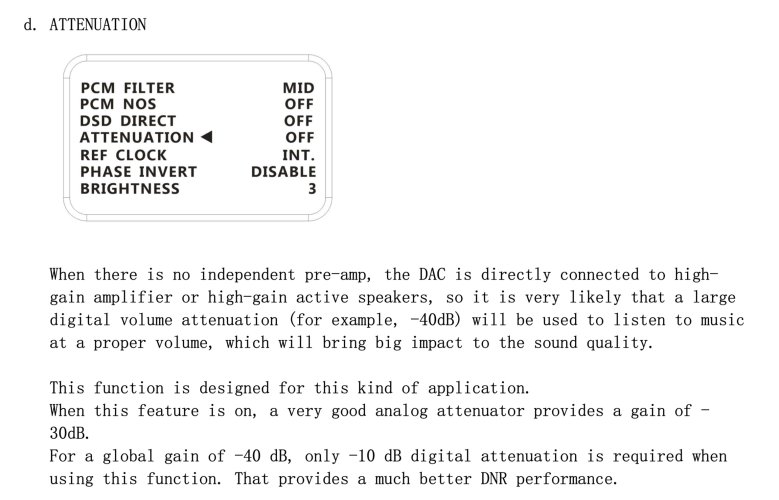HQplayer musings
Rod, a belated reply on HQplayer. I jotted down a few thoughts, then a few more.. then it turned into a novel sorry!
I'm far from an expert but for what it's worth here's my experience. I bought a Mac Mini M1 16gb off the bat as I knew DSD upscaling is resource intensive and Jussi seems to favour DSD256+ as representing the best of HQplayer's peformance capability. He aland others over at AudiophileStyle also seem to favour Apple processors like the M1 as an efficient and effective (read: quiet, cool & relatively inexpensive for their power) means of upscaling to DSD256 and DSD512 (on certain settings). I had the 8GB M1 for a week or two, but returned it for the 16GB, as it struggled a bit with DSD256 and DSD512 from time to time. Apparently the extra RAM means it pages the disk half as much so theoretically less noisy and less wear.
The M1 16GB can manage these settings all day long without breaking stride or getting warm, smooth as silk:
- PCM768 - any filters work (I've used poly.sinc.ext2/3 now moved to Poly-sinc-gauss-long / long-lp on a recommendation) + as does any noise shaper/dither (NS5 and LNS15 are recommended at bitrates 368hz and above, LNS15 sounding more refined with PCM768). I agree with Camrector that setting the DAC bits at 15 gives the most resolution and dynamics for PCM with the R26, set at 16 bits the sound gets warmer and smoother - very pleasant but smooths over a bit of detail. I found PCM768 (LNS15) > PCM384 (NS5), the former has a more refined and spacious sound.
- DSD256 - I've followed Jussi's recommendation here of late, his new default, he recommends for most listening is this - Poly-sinc-gauss-long / long-lp filters with his latest, highest performance & demanding ASDM7ECv2 modulator
- DSD512 - filters as for DSD256 - but can only manage the AMSDM7 512+fs modulator, not the latest EC modulators.
My preference has varied over time between upscaled PCM and DSD, PCM a little more full bodied in the midrange and forgiving, DSD on the above settings more resolving with what feels like a slightly greater dynamic range, bigger transients and more weighty bass, and more airy and detailed soundstaging if a little less palpable vocals. I used DSD512 for quite a while on settings as above for its resolution, dyamics and finesse, then went back to PCM768 in recent months for its naturalness, warmth and flow (then recently further optimised with DAC bits at 15 and the LNS15 filter). I recently tried DSD256 again with the 7ECv2 modulator and filters above. This last one is Jussi's recommendation over DSD512 with a lesser modulator, and feels like the highest performance DSD so far - very dynamic, lively, refined and holographic. A step over PCM768 in that respect. Apparently to do DSD512 with the ECv2 modulators is beyond even the Mac Studio M2, so demanding it is. I'd be curious to hear it.
There's a small catch to HQP DSD upscaling with the R26 that has been described upthread that bothers some more folk more than me. With 44.1khz multiples there's a bit of background hiss/low level white noise that is not there with 48khz multiples. I experimented with lots of combos of source and upscaled rates and concluded that the R26's 1-bit (apparently Sony per Afterdark) DSD circuit implementation is simply not quite as happy with 44.1khz multiples as it is with 48khz - the hiss is always there for the former, never for the latter, regardless of upscaling setting or source file used to generate this. (Footnote - this also corresponds to the loud DSD popping that was only present in Gustarender v1.3 with 44.1khz multiples not 48khz multiples, now a non-issue with firmware v1.4) You can force upscaling to a 48khz multiple like DSD256 48khz in the adaptive upscaling settings irrespective of the source rate (select anything other than "Auto rate family" along with a 48khz DSD rate). Downside of doing this though is to my ears it loses some precision, the interpolation (which I'm sure is sophisticated) smooths over some detail and dynamics that is present when one sticks to a pure integer multiple of the source rate. The lesser of two evils to me is a bit of innocuous low-level hiss I can't normally hear relative to the music playback level rather than the smoothing of interpolation. Of course you get the best of both worlds with 48khz source rate upscaled to an integer multiple - no hiss and uncompromised precision/dynamics.






















